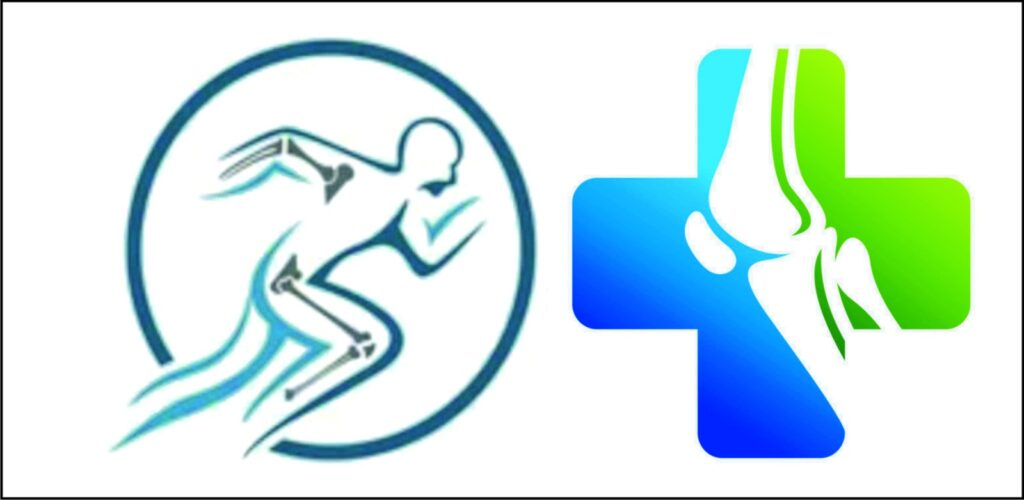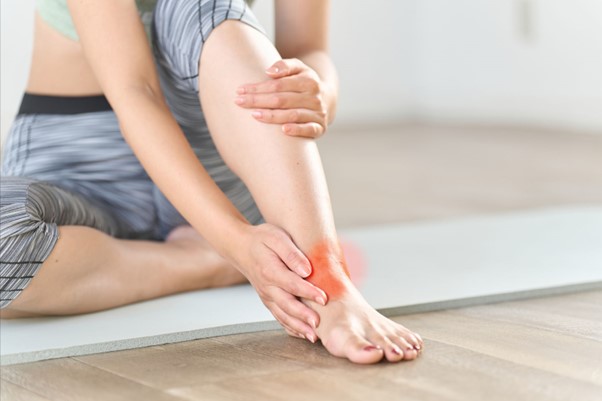What is Tendonitis?
Tendonitis, or tendinitis, involves inflammation or irritation of tendons. These fibrous tissues aid in movement by transmitting muscle contractions to bones. Overuse or repetitive stress can lead to micro-tears and inflammation in tendons, resulting in tendonitis.
Causes of Tendonitis
Several factors contribute to tendonitis:
- Repetitive movements: Activities like sports (e.g., tennis, golf), typing, or gardening that involve repetitive motions strain tendons.
- Age: Tendons lose flexibility and become more susceptible to injury with age.
- Poor posture or mechanics: Incorrect body alignment during activities stresses tendons.
- Sports injuries: Direct impacts or sudden movements can injure tendons.
- Medical conditions: Conditions such as rheumatoid arthritis or diabetes increase tendonitis risk.
Symptoms of Tendonitis
Common symptoms include:
- Pain: Tenderness near the affected tendon, exacerbated by movement or pressure.
- Swelling: Visible swelling or warmth around the tendon.
- Stiffness: Difficulty moving the affected joint or tendon.
- Weakness: Reduced strength or feeling unstable in the affected area.
Diagnosis
Diagnosis involves a physical exam, discussing symptoms, medical history, and possibly imaging tests (e.g., ultrasound, MRI) to visualize the tendon and rule out other conditions.
Treatment Options
Treatment aims to alleviate pain, reduce inflammation, and promote healing:
- Rest and activity modification: Avoiding aggravating activities and adjusting movements to minimize strain.
- Ice therapy: Applying ice packs to reduce swelling and pain.
- Medications: Nonsteroidal anti-inflammatory drugs (NSAIDs) like ibuprofen or naproxen for pain and inflammation.
- Physical therapy: Exercises to strengthen muscles and improve flexibility, tailored to the affected tendon.
- Supportive devices: Braces or splints to support and rest the tendon during recovery.
- Injections: Corticosteroid injections to reduce inflammation in severe cases.
- Surgery: Surgical repair may be necessary for persistent or severe tendon damage.
Prevention:
To prevent tendonitis or reduce its recurrence:
- Warm-up and stretching: Before physical activities to prepare muscles and tendons.
- Proper technique: Maintain correct posture and technique during activities.
- Gradual progression: Avoid sudden increases in activity intensity or duration.
- Rest and recovery: Allow adequate time for rest and recovery between activities.
Tendonitis is common and can affect anyone, particularly those engaged in repetitive activities or sports. Understanding its causes, recognizing symptoms early, and seeking appropriate treatment are essential for managing tendonitis effectively and preventing long-term complications. Consult a healthcare professional if you experience persistent pain or symptoms suggestive of tendonitis for proper evaluation and personalized treatment.


